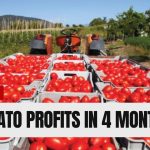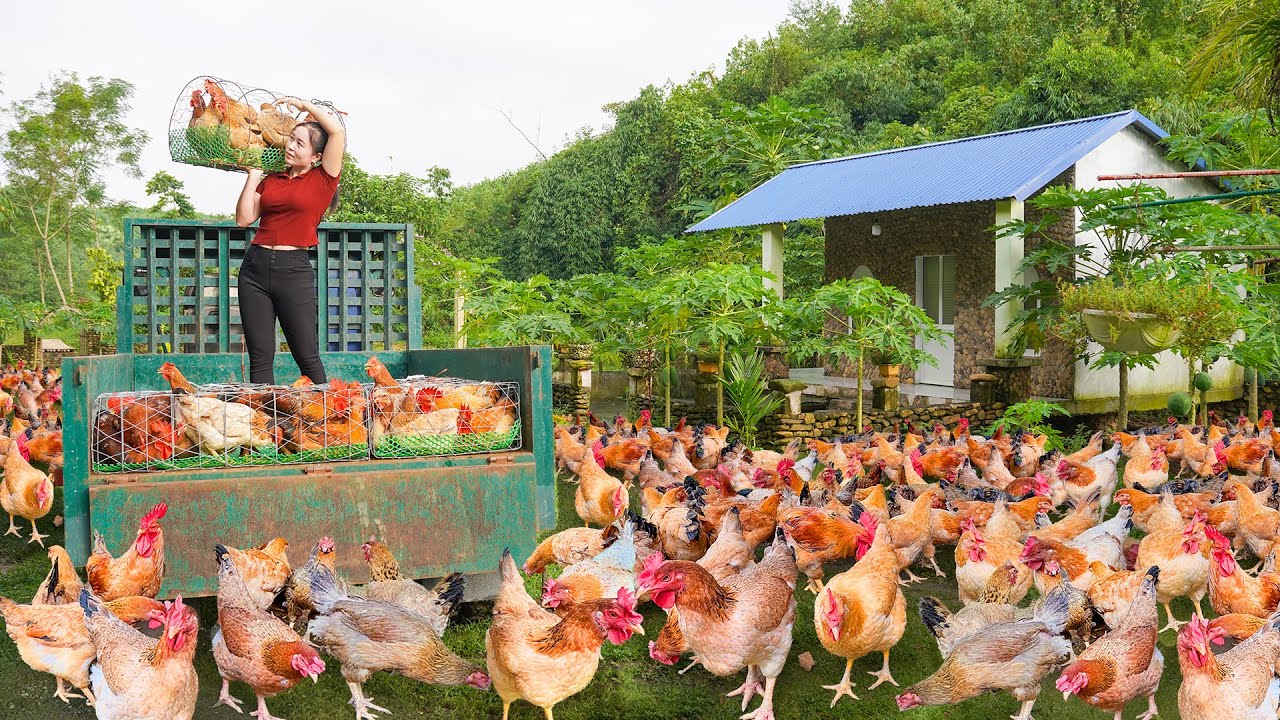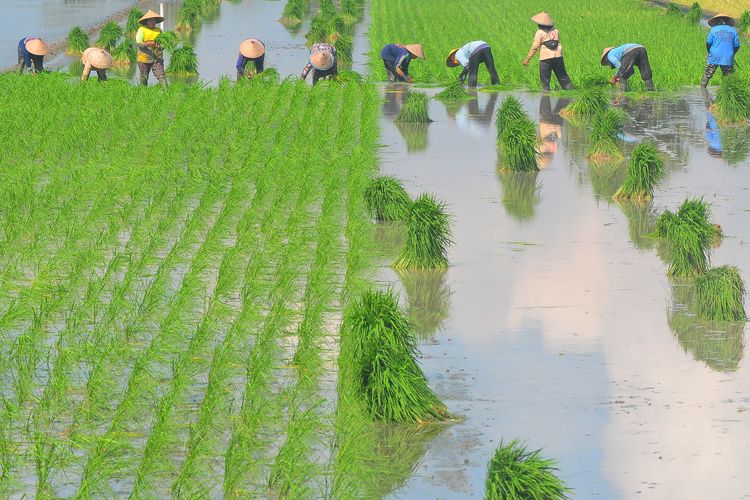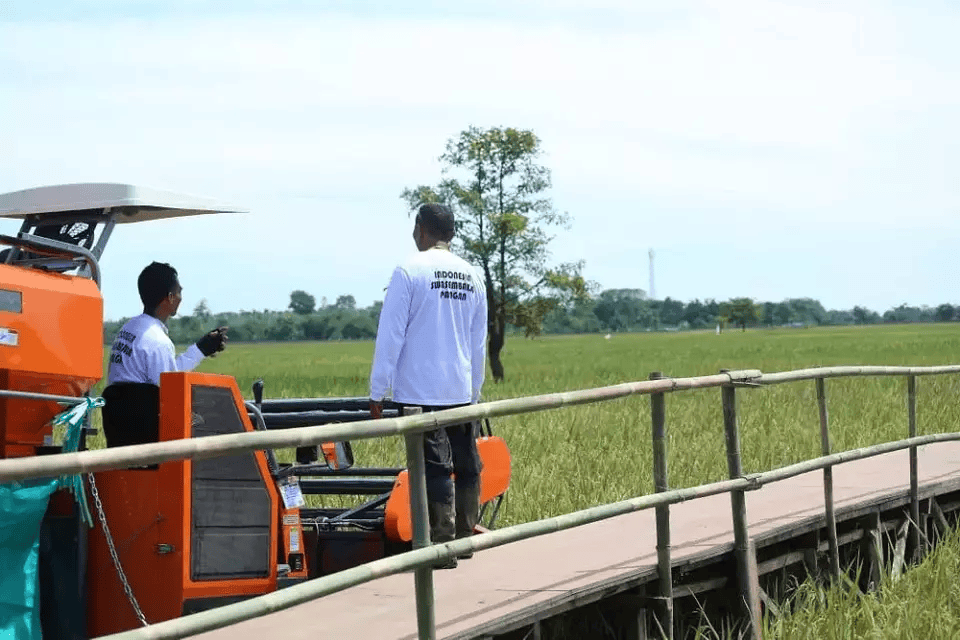Home Vineyard Business for Growing and Selling Grapes for Wine and Juice Production
The Allure of Vineyards: Why Grapes Are a Golden Crop
In the undulating embrace of rural hillsides and sun-kissed valleys, grapevines have danced with the wind for millennia. Grapes are not merely fruits; they are storied ambassadors of culture, celebration, and economy. Starting a home vineyard today is more than an agrarian fantasy—it is a strategic enterprise with the capacity for deep-rooted profitability, soul-stirring artistry, and resilient sustainability.
Unlike other crops that succumb to fleeting market fads, grapes command a timeless demand. Wine aficionados, organic juice makers, artisanal vinegar producers, and farm-to-table markets all clamor for quality fruit. For those with vision and patience, cultivating grapes is not just farming; it is legacy-building.
Understanding the Fundamentals of Viticulture
Before plunging into the romanticism of grape-growing, one must grasp the spine of the enterprise: viticulture. This ancient practice is a tightrope walk between science and intuition.
Selecting the Right Grape Varieties
Choose with surgical precision. Not all grapes are created equal, and terroir (the environmental factors affecting a crop’s phenotype) demands homage. Vitis vinifera, the noble species, dominates fine wine production—Chardonnay, Merlot, Pinot Noir. For juice, hybrids like Concord and Niagara are darlings of the craft.
Key factors:
-
Climate compatibility: Cool-climate vs. warm-climate cultivars
-
Soil composition: Sandy, loamy, clay—each whispers its own flavor to the grapes
-
Market demand: Tailor your selection to your end consumer
Setting Up Your Vineyard Infrastructure
Every vine must be treated like royalty. Your initial setup will define decades of performance.
-
Trellising Systems: From Geneva Double Curtain to Vertical Shoot Positioning, your choice dictates light exposure, yield, and disease control.
-
Irrigation: Drip irrigation is king, minimizing disease while ensuring precise hydration.
-
Soil Preparation: Deep till, amend with organic matter, and adjust pH meticulously—aim for 5.5–6.5 for optimal results.
The Business Blueprint: From Vision to Vine
A home vineyard is no casual weekend hobby if profitability is the goal. Draft a master plan covering:
-
Capital budgeting: Land, equipment, plants, and labor
-
Licensing and legalities: Especially critical if you sell wine; expect labyrinthine regulations
-
Marketing strategy: Build direct-to-consumer pipelines early—think farmers markets, CSA subscriptions, boutique wineries
The Lifecycle of the Vine: What to Expect
Grape growing demands monk-like patience. The journey from planting to first meaningful harvest usually spans three years.
-
Year 1: Establish roots; minimal fruiting allowed
-
Year 2: Training and canopy management; cull any flowers
-
Year 3 and Beyond: First real harvests; slowly scaling up yield
In each season, pruning is an art form, and pest management becomes a strategic battle of wits against nature’s chaos.
Wine Grapes vs Juice Grapes: Divergent Paths to Profit
The destinies of wine grapes and juice grapes diverge sharply after the harvest.
Wine Grapes: Artistry Bottled
Wine grape buyers, usually boutique wineries or oenologists, prioritize sugar content (Brix levels), skin tannins, and flavor profile.
-
Small is beautiful: Boutique vineyards producing micro-lots can command luxurious premiums.
-
Heritage varietals: Ancient or obscure varietals find ready buyers among craft winemakers.
-
Wine tourism: Offering tours and tastings doubles as powerful marketing.
Juice Grapes: Mass Appeal
Juice grape farming thrives on volume, consistency, and purity.
-
Organic certification: Skyrockets your grapes’ market value
-
Partnerships: Secure contracts with local bottlers or health food brands
-
Diversification: Sell not only fresh grapes but also frozen must and pasteurized juices
Advanced Tips and Tricks for Vineyard Success
Building a truly bulletproof vineyard demands tactics that go beyond the textbook.
Precision Canopy Management
Master the vine’s sun exposure to create a microclimate of perfection around your grapes. Strategic leaf removal and shoot thinning optimize ripeness and prevent mold.
Integrated Pest Management (IPM)
Eschew heavy chemical use. Instead, adopt:
-
Beneficial insects: Release ladybugs and lacewings to devour pests
-
Companion planting: Lavender and rosemary deter aphids and beetles
-
Minimal-intervention sprays: Use organic sulfur and copper only when necessary
Soil Microbiology Enhancement
Healthy vines grow from living soils. Employ mycorrhizal fungi inoculants and compost teas to supercharge root vigor and nutrient uptake.
Diversify Revenue Streams
To future-proof your business:
-
Offer vine sponsorships where customers “own” a vine remotely
-
Launch exclusive wine or juice clubs
-
Create vineyard experiences—sunset dinners, harvest festivals
Story from the Trenches: A Vineyard Built on Grit
In the dusty margins of northern California, a once-struggling carpenter named Daniel Reeve decided to gamble everything on six acres of fallow land. Armed with library books, second-hand tools, and relentless determination, Daniel planted 3,000 Chardonnay vines.
His first years teetered between despair and devotion. Coyotes decimated his drip lines, late frosts blighted tender shoots, and market access seemed an insurmountable fortress. Yet, through obsessive learning and gritty perseverance, Daniel’s grapes eventually seduced a local micro-winery seeking hand-crafted fruit.
Today, his vines are revered, his brand commands loyal followers, and he spends harvest evenings sipping his own golden vintages on a sun-drenched porch. His story is not unique among successful vineyard entrepreneurs—it is a testament to persistence, savvy, and love of the craft.
Scaling Your Vineyard: From Backyard to Boutique Empire
Once you’ve tasted success, scaling up requires strategic finesse.
-
Vertical integration: Control everything from vine to bottle
-
Joint ventures: Partner with chefs, sommeliers, or juice bar owners
-
Digital marketing: Build a brand story that resonates across social media and e-commerce platforms
Scaling wisely preserves your vineyard’s soul while expanding its reach.
Forecasting the Future: Emerging Trends in Home Vineyards
Success hinges not just on honoring tradition but anticipating evolution.
-
Climate-resilient varietals: Grenache, Tempranillo, and hybrid crosses will dominate as weather patterns shift
-
Regenerative agriculture: Zero tillage, carbon sequestration, biodynamic practices will become market differentiators
-
Microclimate technology: Hyper-local weather monitoring and precision farming will fine-tune yield and quality
-
Experiential agriculture: Vineyards offering immersive visitor experiences will thrive in the Instagram-driven economy
Conclusion: Cultivating More Than Grapes
A home vineyard business demands more than agricultural competence—it calls forth storytelling, craftsmanship, business acumen, and an enduring partnership with nature’s unpredictable muse. Each vine planted is a commitment to the future, a silent agreement between human and earth.
If you are willing to weather the seasons, honor the craft, and market your dream with cunning, then a vineyard will reward you with fruits far richer than gold: resilience, pride, and a legacy rooted deeply in the land.










